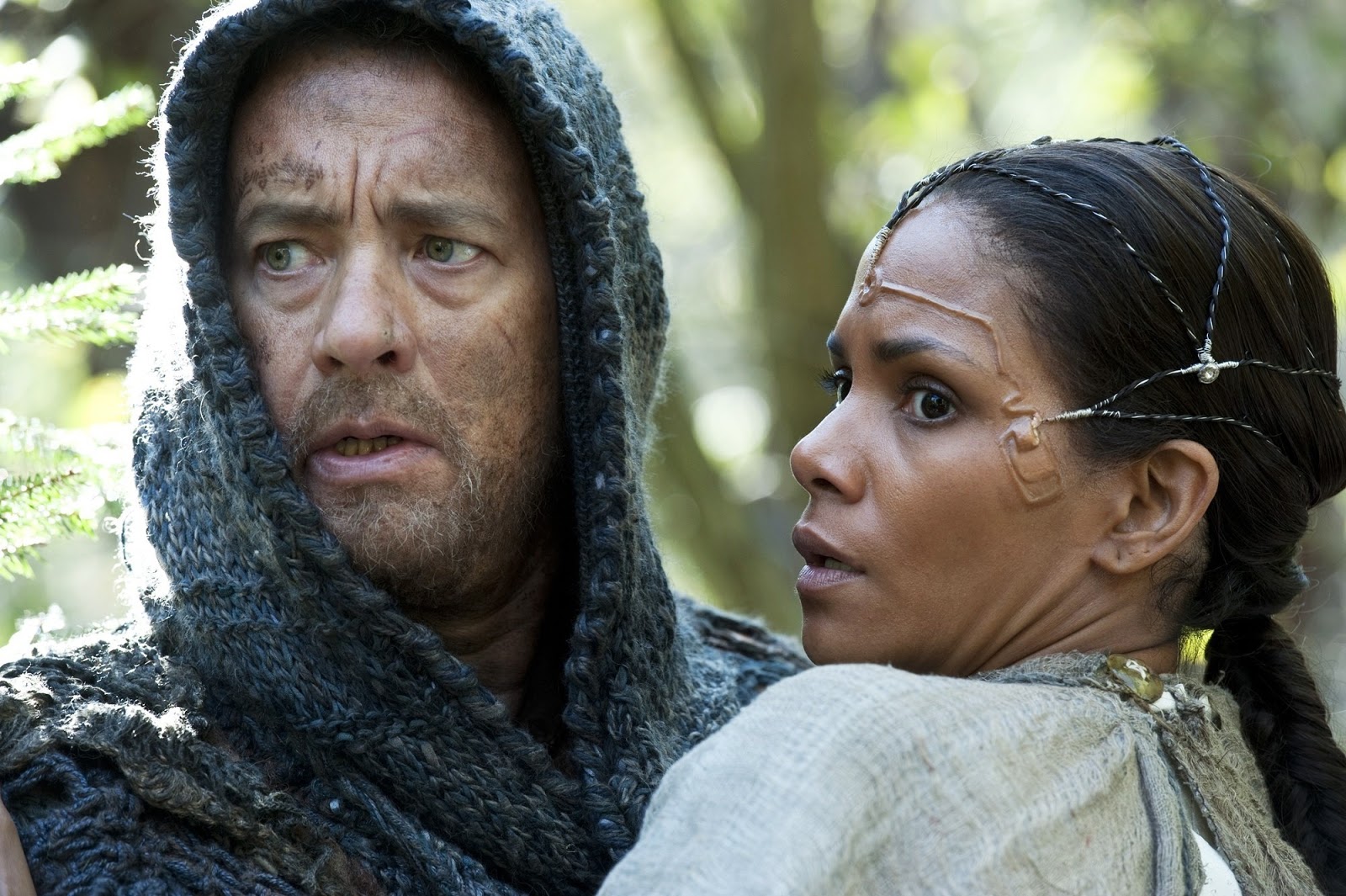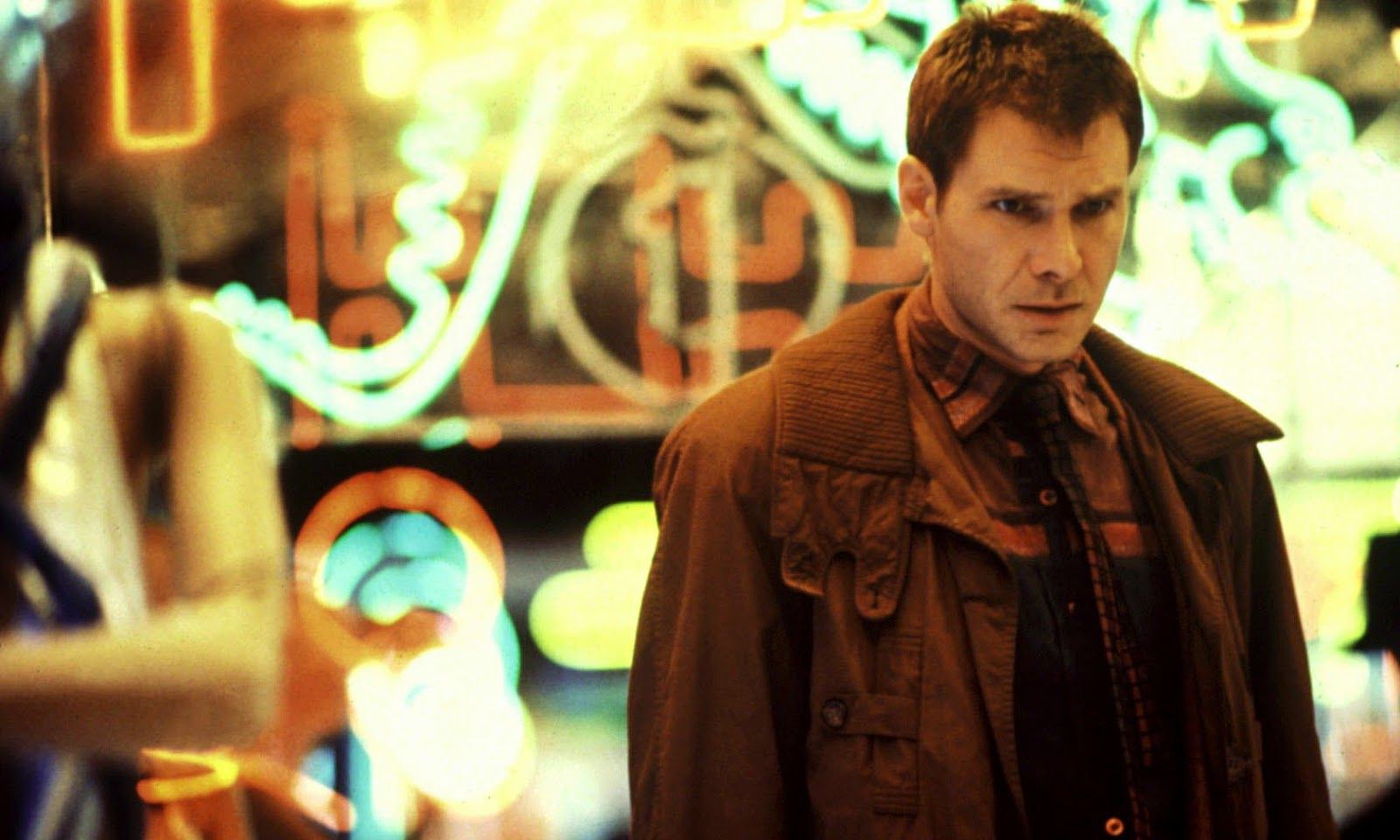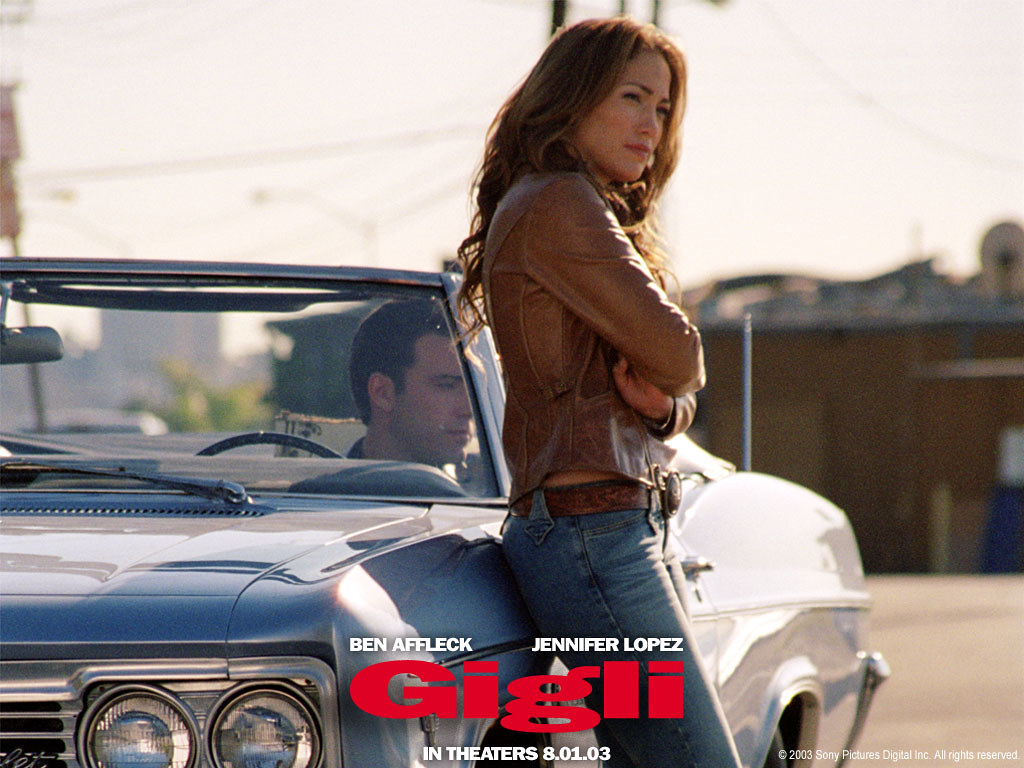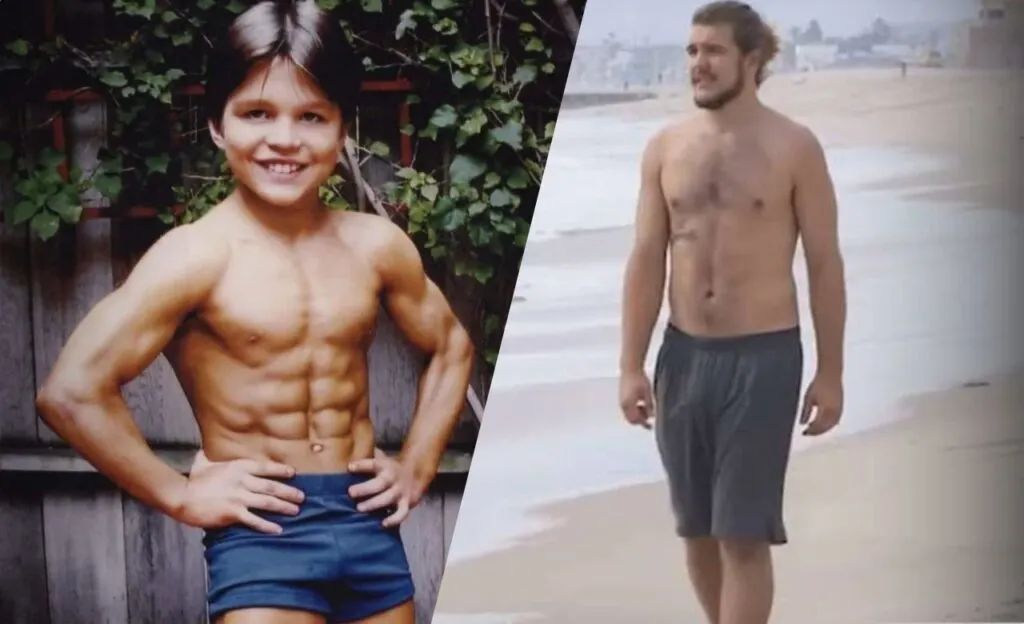
Before the age of 10, Richard Sandrak, affectionately known to the world as ‘Little Hercules,’ was a global phenomenon. His pumped body, rock-hard abs, and chiselled pecs made him an instant sensation, often described as a ‘mini-Schwarzenegger’ and touted as ‘pound-for-pound the most powerful human being on Earth.’ He was a face that graced television screens and magazine covers, seemingly embodying the pinnacle of youthful strength and discipline, captivating audiences with his incredible physique.
Yet, behind the dazzling smiles and impressive muscle flexes, Richard’s story was far more complex than the headlines suggested. For decades, his narrative was clouded by what he himself described as ‘mythology and untruths,’ obscuring the true challenges and profound struggles he endured during his formative years. The world saw a prodigy, but Richard lived a reality shaped by relentless training and the controlling influences of his past.
Today, Richard is ready to peel back the layers, offering a candid look at the childhood that forged ‘Little Hercules’ and the pivotal moments that led him to reclaim his life. This first part of his story takes us back to the very beginning, exploring his meteoric rise to fame, the demanding regimen that defined his early years, and the deeply personal battles he faced long before finding his current quiet contentment. It’s a journey of discovery, resilience, and the remarkable human spirit.
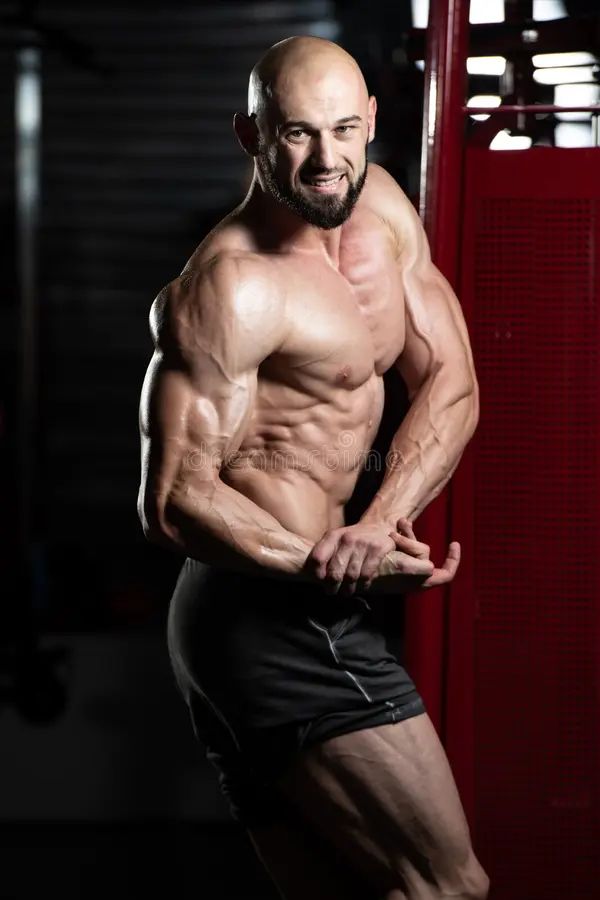
1. **The Rise of Little Hercules: A Childhood Phenomenon**Richard Sandrak’s journey into the spotlight began astonishingly early, a path laid out by his fitness-obsessed parents, a martial arts world champion father, Pavel, and an aerobics star mother, Lena. By the tender age of five, Richard was already immersed in daily workouts, a routine that rapidly transformed him into an athletic marvel. The results were undeniably astounding, as by the time he celebrated his eighth birthday, he possessed a physique complete with rock-hard abs, chiselled pecs, and the incredible ability to bench press three times his own body weight.
His striking appearance and prodigious strength quickly caught the world’s attention, cementing his status as a global phenomenon. He didn’t just compete in bodybuilding contests around the world; he dominated them, earning him the fitting monikers of ‘Little Hercules’ and ‘The Strongest Boy In The World.’ This recognition swiftly elevated him to celebrity status, granting him opportunities many only dream of.
Richard’s fame led him to rub shoulders with some of the biggest names in the fitness and entertainment industries, including the legendary Arnold Schwarzenegger, the original Hulk Lou Ferrigno, and wrestling icon Hulk Hogan. He appeared on primetime television shows, chatting with hosts like Jimmy Kimmel and Howard Stern, and even landed a role in the film ‘Tiny Tarzan,’ solidifying his place as a child star whose every move captivated an eager public.
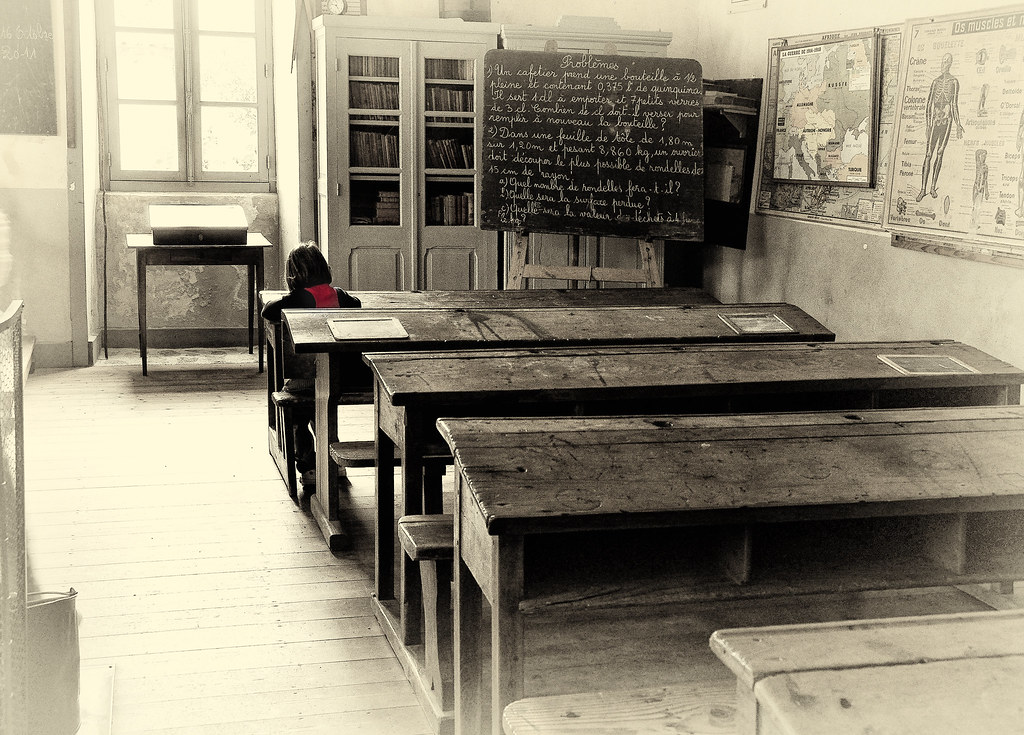
3. **An Isolated Childhood: Deprived of Normalcy**Richard Sandrak’s unique childhood was not only defined by intense physical demands and abuse but also by profound isolation, stripping him of the typical social experiences most children cherish. He was homeschooled, effectively cutting him off from peer interactions and the foundational development that comes from navigating school environments. Consequently, Richard grew up without friends, creating a vacuum in his social development where he was denied the chance to bond and play with other children.
This isolation meant he couldn’t miss what he didn’t even know existed. He was ‘deprived of many of the normal treats and experiences most kids of the nineties enjoyed,’ such as toys, outdoor play, or simply the freedom to explore the world beyond his regimented routine. His world was meticulously controlled, devoid of the spontaneous joys and freedoms that define a typical, healthy childhood, leaving him without a frame of reference for what ‘normal’ could be.
One particularly poignant memory Richard shared was being forced to carry out ‘non-stop squats while he watched a movie’ at the tender age of nine. This bizarre and demanding punishment, inflicted even during moments of supposed relaxation, became something he ‘got used to because that was my entire childhood.’ He had ‘nothing to compare it to,’ no friend to tell him that such experiences were far from ordinary, underscoring the deep impact of his profound emotional and physical isolation.

4. **The Turning Point: Calling 911 and Father’s Deportation**The pervasive abuse Richard and his mother, Lena, endured at the hands of Pavel Sandrak escalated to a critical point in 2003, leading to a pivotal moment that forever altered their lives. Richard, then only 11 years old, made the incredibly brave decision to call 911 after his father violently assaulted his mother. This was not a decision made lightly, as he recalled: ‘We didn’t grow up knowing we could call the police. I was too fearful to make that dramatic step.’ Yet, as the abuse worsened, he found the courage to act.
Richard vividly remembered the profound difficulty of that moment: ‘I just remember sitting by the phone, trying to make that decision.’ He made the call, specifically asking the police ‘not to sound their sirens,’ a testament to the fear and urgency of the situation. The police arrived, and Pavel was taken away, leading to his imprisonment and subsequent deportation to his home nation of Ukraine. This decisive intervention brought an immediate sense of relief and liberation for Richard and Lena.
Describing the aftermath, Richard declared, ‘It’s been a breath of fresh air ever since.’ The removal of his abusive father from their lives was transformational. Richard hasn’t seen Pavel since and has no interest in reconnecting, noting that his father has never apologized for his actions. He strongly emphasizes that both he and his mother were victims of Pavel’s ‘manipulative and violent nature,’ solidifying their shared journey through hell and their enduring bond.
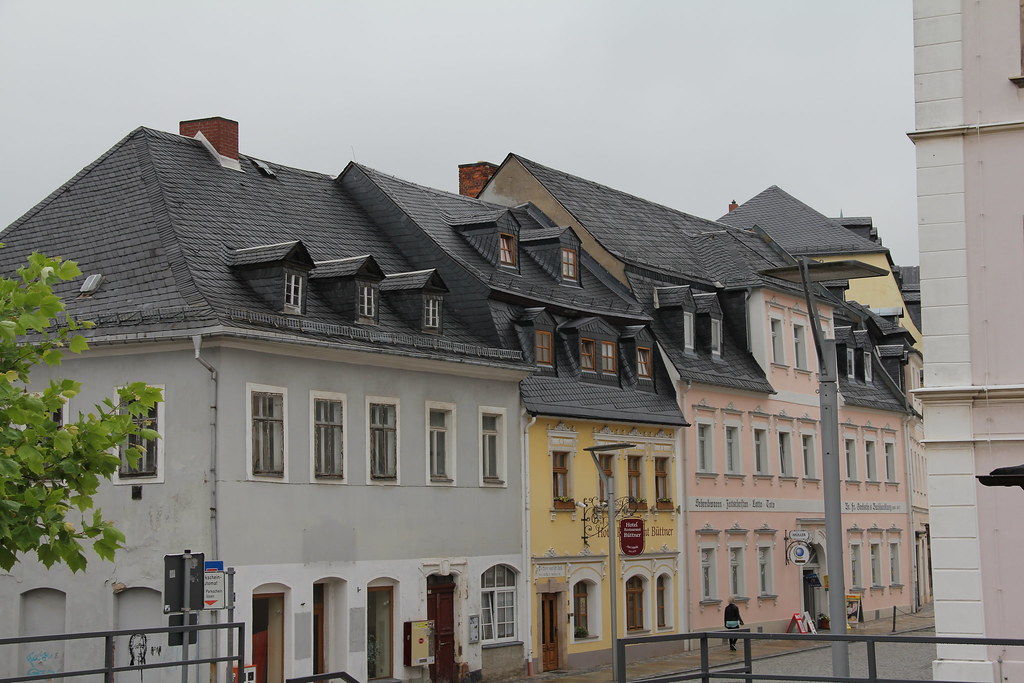
5. **Embracing Freedom: School, Friends, and New Tastes**The absence of his father, Pavel, marked a truly transformational period in Richard Sandrak’s life, opening up a world of possibilities and experiences previously denied to him. For the first time, at the age of 11, Richard was able to attend a traditional school. This marked a significant departure from his isolated, homeschooled existence, allowing him to step into a more conventional social environment and begin forming connections outside of his family.
With his newfound freedom, Richard discovered simple joys that most children take for granted. He finally made his very first friend, an experience that must have been profoundly impactful after years of isolation. Beyond social connections, he also delighted in exploring ‘the whole plethora of beautiful foods available in the world’—a stark contrast to the stringent ‘athlete’s diet’ he had been forced to follow. He enthusiastically ‘fell in love with Chinese food,’ savouring the Asian and Hispanic flavours he had been denied throughout his formative years.
While Richard acknowledged that his upbringing left him feeling ‘socially inept’ during his adolescence, this period represented a crucial step towards personal liberation and self-discovery. It was a time of healing and growth, where he could finally begin to shape his own identity, free from the crushing control and abuse of his past. The experiences of school, friendship, and diverse foods were not just novelties; they were fundamental building blocks for a life he could finally call his own.
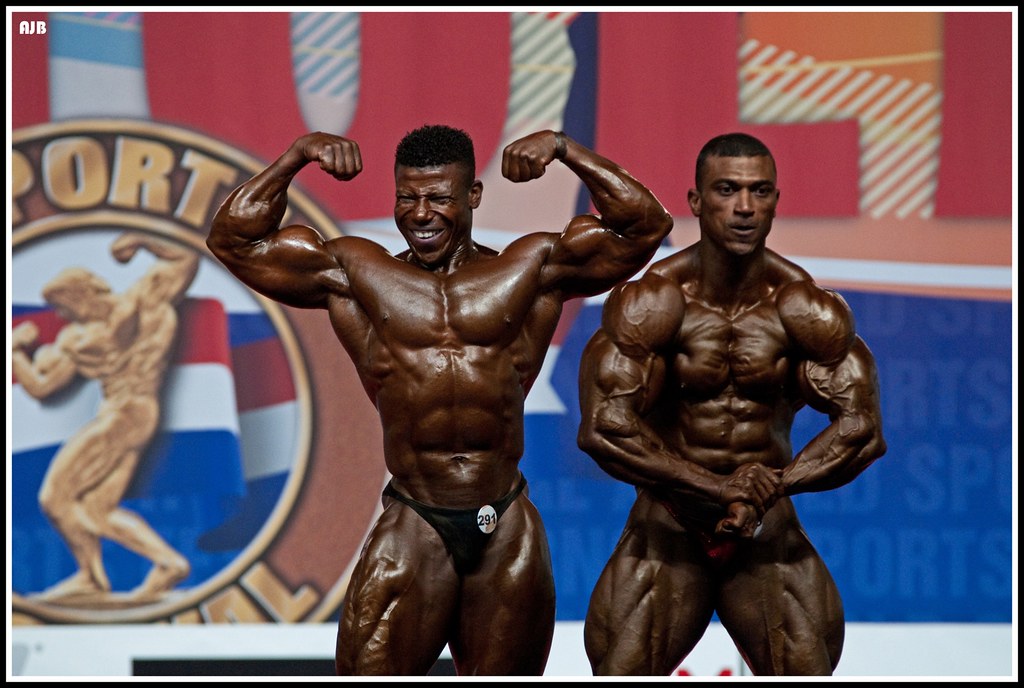
6. **The End of Bodybuilding: A New Path Emerges**After years of rigorous training and the crushing weight of expectation, Richard Sandrak made a profound decision at the age of 16: he abandoned bodybuilding. This was not merely a change in routine; it was a psychological break from a past he described as “almost like PTSD.” The sport, once the defining aspect of his public persona, had become inextricably linked to the trauma and abuse he endured, a constant reminder of the life forced upon him. The moment he could make his own choices, he chose freedom from the weights.
Instead of the iron, Richard embraced the fluid joy of other sports, immersing himself in activities that offered genuine enjoyment and autonomy. He found solace and exhilaration in gymnastics, swimming, diving, basketball, and skateboarding. These pursuits allowed him to explore movement and physical expression on his own terms, without the coercive pressure or the looming threat of his father’s rage.
This departure from the limelight and the demanding world of competitive bodybuilding marked the true beginning of Richard’s journey to reclaim his identity. It was a clear signal that he was no longer ‘Little Hercules,’ the child prodigy, but Richard, an individual seeking a life defined by his own desires and passions. The act of stepping away was liberating, allowing him to leave behind the “monetary object” he felt he had become and forge a path towards genuine personal fulfillment.

7. **The Body Keeps Score: Lasting Physical and Emotional Toll**While Richard found new freedom in sports, his body carried the indelible marks of his extraordinary childhood. The relentless and extreme training regimen, coupled with a dangerously low body fat percentage, took a significant toll on his young frame. He candidly admits that his “knees and my ankles are pretty much done for,” a direct consequence of the gruelling demands placed upon him from such a tender age. These physical ailments were not only a result of his early bodybuilding but also compounded by subsequent injuries from his later, more joyful engagements in gymnastics and skateboarding.
Beyond the visible physical scars, Richard grappled with the invisible wounds of emotional trauma. His childhood memories were not those of typical youthful exuberance but of “physical and emotional abuse by my dad,” a reality that left him feeling “socially inept” during his adolescence. The constant fear, isolation, and coercive control created a deep emotional landscape, one he continues to navigate even as an adult.
This lasting impact underscores the profound consequences of childhood trauma, particularly when intertwined with public scrutiny and extreme physical demands. Richard’s journey highlights that healing is a complex, ongoing process, one that involves acknowledging the past while actively building a healthier present and future. His physical pain and emotional recollections are not just personal burdens, but a testament to the resilience required to overcome such an extraordinary and challenging start to life.
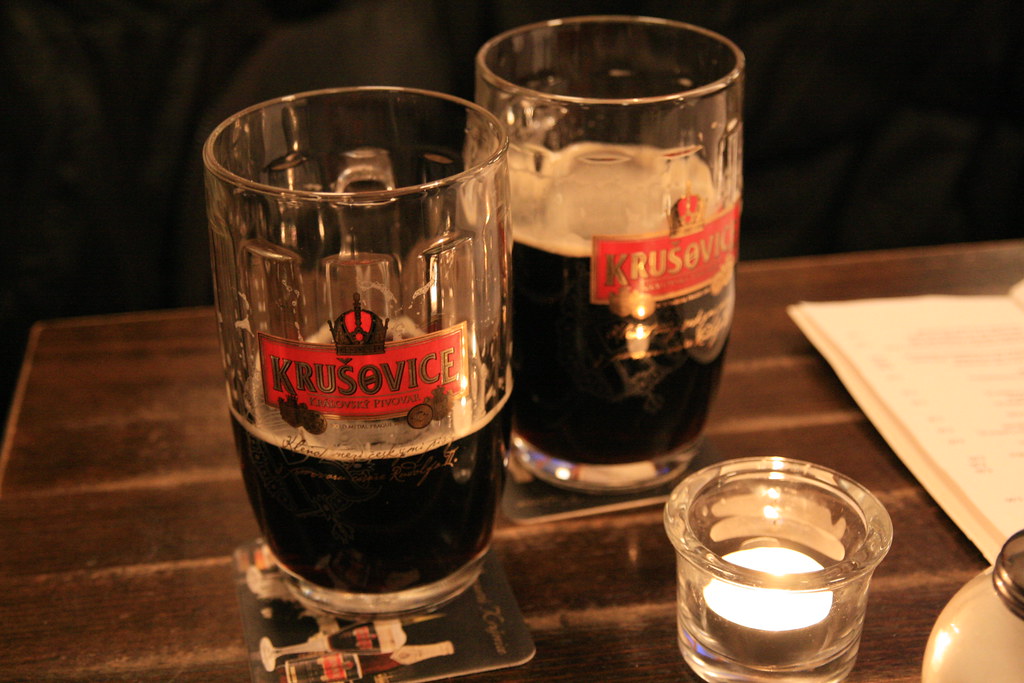
8. **A Darker Battle: The Grip of Addiction**Despite his efforts to build a new life, Richard Sandrak faced a profound personal struggle in his adult years: a deep-seated battle with alcohol addiction. This challenging period was tragically seeded during his early life, as his father Pavel “gave him his first shot of alcohol at the age of nine.” Further exposure to the “heavy drinking and drug taking party lifestyle of a child celebrity in LA” normalized substance use at a dangerously young age, laying the groundwork for future issues. For a significant time, alcohol became “a big part of my whole personality,” as he candidly admitted, with daily consumption often reaching “a bottle of tequila a day.”
Richard recognized that he was “using alcohol as an escape” from “everyday life” and the lingering pain of his past. This self-medication deepened his depression, leading to constant self-reproach for perceived failures and affecting his relationships. The addiction took a heavy toll, impacting his finances and his ability to communicate effectively with his girlfriend. He described hitting a mental place “where I just didn’t even feel very safe to myself,” indicating the severe psychological distress caused by his alcohol dependency.
The physical repercussions of his addiction provided a stark wake-up call. Richard suffered “kidney stones a couple times,” an experience he described as “the most painful experience I’ve ever had.” While the first instance wasn’t “rock bottom enough” to prompt a change, the second time, coupled with the immense pain and the escalating mental and physical health concerns, finally pushed him to seek help. This critical juncture marked a turning point, signaling his readiness to confront the demons that had haunted him for much of his adult life.
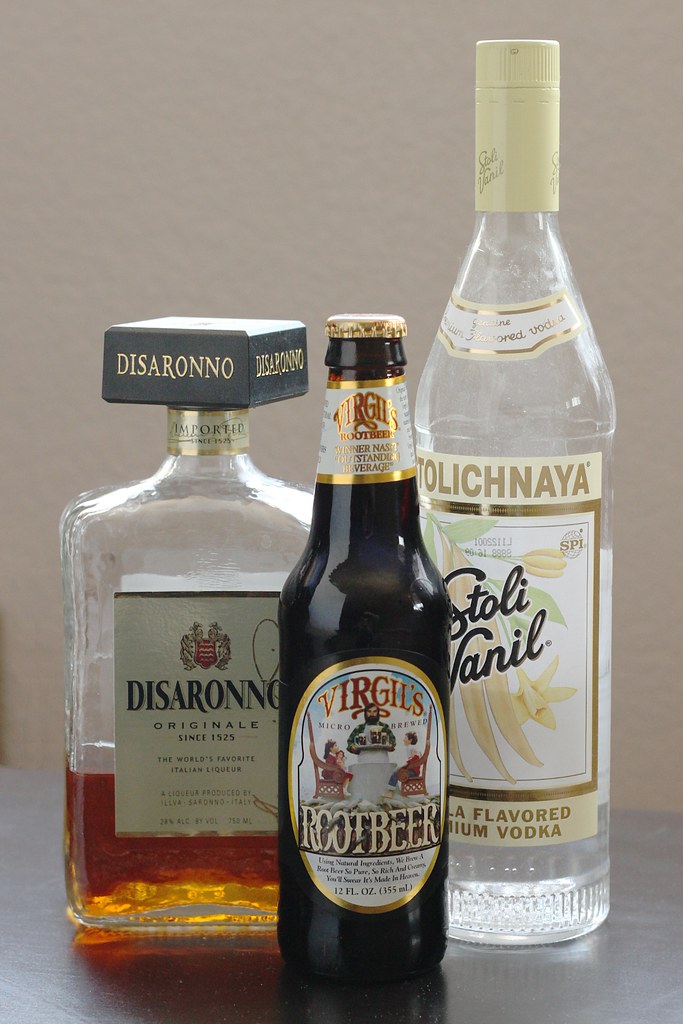
11. **Finding Clarity: The Triumph of Sobriety**The agonizing experience of kidney stones served as the catalyst for Richard Sandrak’s decision to reclaim his life from the grip of addiction. With a profound commitment, he bravely checked himself into the hospital to manage the withdrawal symptoms, a crucial step in his journey to sobriety. He also made the conscious choice to give up smoking weed, which had been contributing to anxiety attacks, addressing all aspects of his substance use.
His last drink was on October 31, 2023, a date he now commemorates as a personal triumph. Since then, he emphatically states, “I’ve never felt better.” The clarity and newfound peace have allowed him to look back on his years of addiction as “a bit of a nightmare,” a period where “everything was somewhat foggy, and there were a lot of emotions going on that I had no control over.” This clear-eyed perspective underscores the profound transformation he has undergone.
Richard attributes much of his past addiction to the trauma of his childhood and the peculiar pressures of early fame, acknowledging that “being famous puts you into peculiar places; a lot of the people I was associated with, also did heavy drug use or were at parties all the time.” His sobriety represents more than just abstaining from alcohol; it is a testament to his resilience, his commitment to healing, and his determination to break free from the cycles of his past. It’s a victory not only over addiction but also a significant step towards processing the long-term effects of his early experiences.
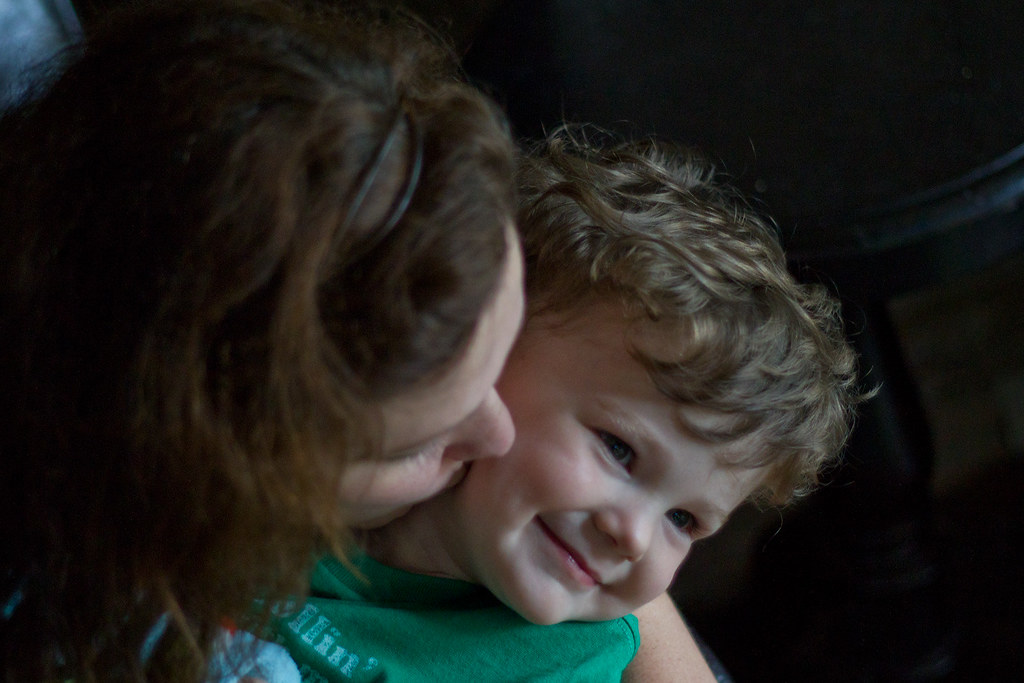
12. **Embracing Authenticity: A Quiet, Content Life Today**Today, at 32 years old, Richard Sandrak has found a quiet, authentic contentment that eluded him for so many years. He resides in Los Angeles, sharing a peaceful existence with his attorney girlfriend and their two beloved cats, Miko and Mushu. This settled domestic life is a far cry from the chaotic, controlled, and publicly scrutinized environment of his childhood, embodying the “normal life” he once yearned for. His commitment to sobriety, now over a year strong, has brought him a clarity and health he deeply cherishes.
Richard remains incredibly close to his mother, Lena, a bond forged through shared adversity. He articulates their relationship with deep affection and understanding: “We were both victims. Anyone who was in my father’s presence was a victim of his manipulative and violent nature.” He emphasizes that he will “never have anger towards my mother” and that “We have been through hell and back together and will always be able to lean on each other no matter what.” This enduring connection with his mother is a vital source of support and healing.
While acknowledging the challenges, Richard looks back on his life with a reflective and grateful spirit. He understands the profound impact his past had, noting how “When you force somebody to be something that they’re not, that takes a big emotional toll on them, and that’s why a lot of famous kids go through addiction.” He unequivocally states, “I don’t recommend being famous to anybody. It’s overrated.” Despite the tumultuous journey, he concludes with a powerful affirmation of self-acceptance: “I’d say I’m mostly happy with the person I am today.” This statement encapsulates his hard-won peace, his journey from ‘Little Hercules’ to a man defined by his own choices, resilience, and an authentic, quiet happiness. He enjoys his spare time on the golf course, basketball court or hiking in the Simi Hills and the San Gabriel Mountains, further demonstrating his pursuit of a balanced and fulfilling life.
Richard Sandrak’s story is a powerful testament to the human spirit’s capacity for resilience, healing, and the arduous journey toward self-actualization. From the global phenomenon of ‘Little Hercules’ to the quiet contentment of an adult who has battled his demons and reclaimed his narrative, his life offers a compelling reminder that true strength lies not just in physical prowess, but in the courage to confront one’s past, embrace freedom, and forge an authentic future. His remarkable transformation stands as an inspiration, proving that even after the darkest of beginnings, it is possible to find peace, purpose, and genuine happiness.

